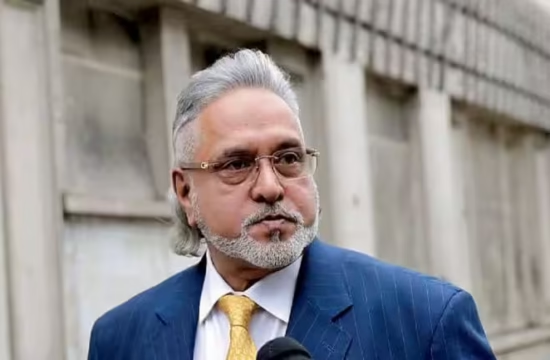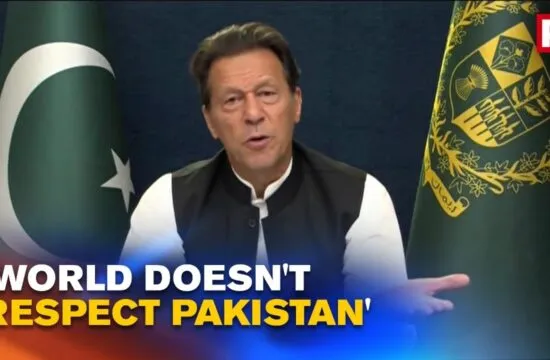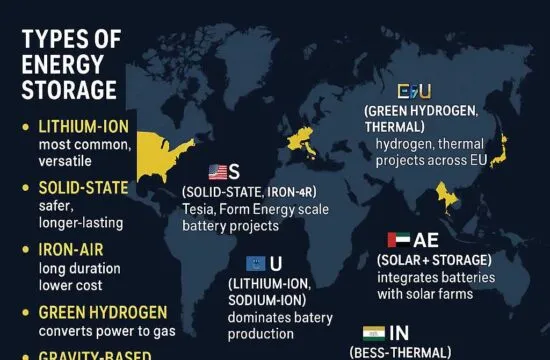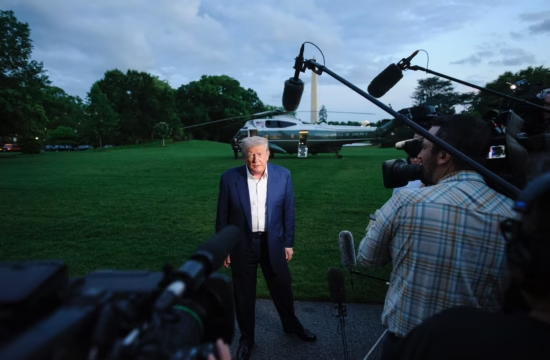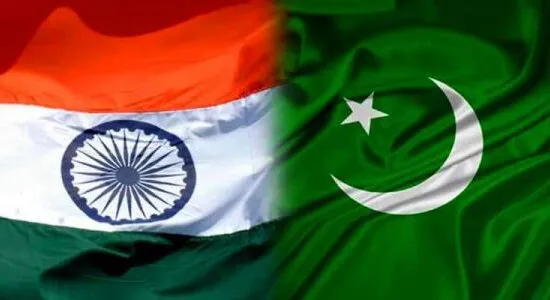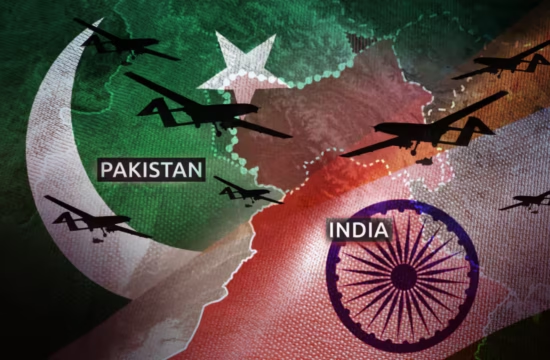Pakistan’s Economic Crisis and the Global Narrative: Truth vs. Propaganda
Pakistan, a country strategically located in South Asia, has long struggled with deep-rooted economic problems. Despite having immense human resources, fertile agricultural land, and a significant geo-political presence, the country continues to face economic turmoil marked by high inflation, external debt, energy shortages, and political instability.
In recent years, international financial institutions, including the IMF, World Bank, and ADB, have repeatedly intervened with bailout packages, but these have offered only temporary relief. Meanwhile, Pakistani authorities often present a much rosier image to the international community, attempting to mask the country’s structural problems with misleading or exaggerated claims.
I. The Reality of Pakistan’s Economy
1. Debt Trap and IMF Dependency
As of 2025, Pakistan’s total external debt has crossed $130 billion, and its reliance on the IMF is historic. The country has entered 23 IMF programs since 1958, often failing to meet reform targets. Rather than long-term development, the economy is propped up by loans, aid, and remittances.
2. Chronic Trade Deficit
Pakistan’s imports consistently exceed exports, causing a perpetual trade deficit. The country imports fuel, machinery, and food products, while its exports remain limited to textiles, rice, and a few commodities. This imbalance weakens the rupee and depletes foreign exchange reserves.
3. Inflation and Currency Devaluation
Inflation in Pakistan often reaches double digits, with basic items such as wheat, sugar, and petrol becoming unaffordable for the common citizen. The Pakistani rupee has significantly depreciated in recent years—falling from PKR 160/USD in 2021 to over PKR 300/USD in 2024.
4. Low Foreign Direct Investment (FDI)
Due to security concerns, inconsistent policies, and bureaucratic red tape, Pakistan struggles to attract foreign investment. Investors fear instability, legal uncertainty, and a weak judicial system.
II. Misleading Claims by Pakistani Authorities
Despite these grim realities, Pakistani politicians and state-controlled media frequently present narratives that distort the truth to the global community. Here are some of the most prominent misleading claims:
1. “The Economy is Stable and Growing”
Truth: GDP growth is often manipulated or based on unrealistic projections. According to independent economists and international observers, Pakistan’s real GDP growth is often near zero or even negative when adjusted for inflation and population growth. The supposed growth often comes from loans, not productivity or innovation.
2. “CPEC is a Game-Changer”
Truth: The China-Pakistan Economic Corridor (CPEC), touted as a $60+ billion mega project, has become a debt trap. While it created roads and power plants, most of the benefits are skewed toward Chinese contractors. Local industries saw little growth, and repayment obligations now burden Pakistan’s budget.
3. “We Are Energy Independent”
Truth: Pakistan still imports over 60% of its energy needs. Frequent power cuts and fuel shortages plague households and industries alike. The energy sector suffers from corruption, inefficiency, and circular debt of over PKR 2.6 trillion.
4. “Pakistan is a Peaceful, Investment-Friendly Nation”
Truth: Despite diplomatic PR efforts, the ground reality includes terrorist attacks, sectarian violence, and blasphemy-related unrest. Foreign investors often leave or halt operations due to instability and policy unpredictability.
5. “Our Defense is Stronger than Ever”
Truth: Pakistan spends a disproportionate portion of its GDP on defense (around 4%) despite its economic crisis. The military budget often exceeds health and education combined. Meanwhile, the social infrastructure crumbles, with half of the population lacking access to basic health and education services.
III. Root Causes of the Economic Decline
- Military interference in politics and economy
- Lack of education and skill development
- Corruption and nepotism in government contracts
- Over-reliance on religion-based politics instead of economic reform
- Failure to reform tax system—less than 1% of Pakistanis pay income tax
IV. The Way Forward
Pakistan’s economic future hinges not on aid or loans, but on deep structural reforms, including:
- Tax reforms to broaden the revenue base
- Civil-military separation in governance
- Investment in education and industry
- Transparency and rule of law
- Diversification of exports
- Encouraging innovation and entrepreneurship
Conclusion
Pakistan is a nation with enormous potential, but it is consistently undermined by short-sighted governance, false narratives, and reliance on propaganda. Instead of misleading the world with inflated figures and hollow promises, the country must embrace honesty, reform, and long-term planning.
Only by acknowledging the truth of its economic challenges can Pakistan hope to rebuild trust with its people and the global community—and chart a path toward genuine progress.
#PakistanEconomy #EconomicCrisis #CPECReality #DebtTrap #TruthMatters #PakistanReform



